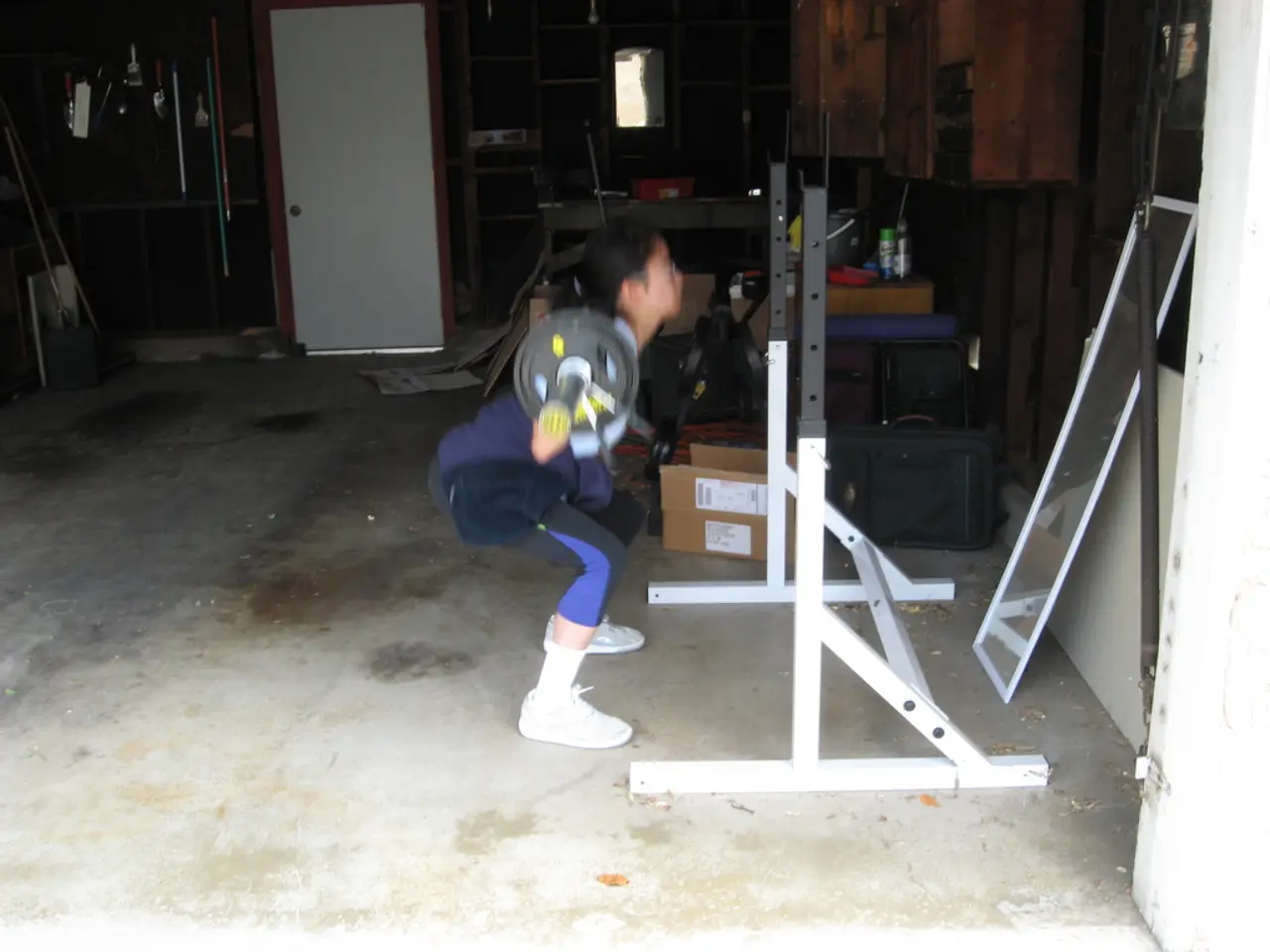Lifting a Patient on a Stretcher: Comprehensive Guidelines for Safe Handling
In our daily lives, we often find ourselves in situations where we need to lift heavy objects, whether it's moving furniture, carrying groceries, or assisting a patient on a stretcher. Maintaining a stable base while lifting is essential for distributing the weight evenly and providing a stable foundation.
One crucial aspect of proper lifting technique is bending at the knees instead of the waist. This simple adjustment helps engage the strong muscles in the legs, reducing strain on the back. By lifting with the legs rather than relying solely on the back, we can minimize the risk of back injuries.
Proper lifting techniques are not just about preventing injuries; they also promote long-term health. Adopting these techniques helps strengthen muscles and joints, improve posture, and increase overall physical fitness. Prioritizing proper lifting techniques is essential for protecting the body and minimizing the risk of injuries, whether at work, moving furniture, or assisting a patient on a stretcher.
Learning and practicing proper lifting techniques can help avoid back pain and other lifting-related injuries. A smooth and controlled lift is key to ensuring a safe and efficient lift. Avoiding sudden movements while lifting helps minimize the risk of muscle strains or other injuries.
When assisting a patient on a stretcher, it's important to maintain correct body mechanics. Keep your back straight, bend your knees, and lift with your legs. Position the patient so that their head, torso, and legs are aligned, and avoid twisting your body during the lift. Keep your feet shoulder-width apart and stand close to the stretcher to reduce strain. Coordinate the lift with helpers by counting aloud, and move the patient smoothly without sudden motions to avoid injury.
Additional key points include ensuring the patient's arms are crossed over their chest to prevent them from grabbing the lifter and causing injury. Use appropriate equipment such as slide boards, transfer belts, or hoists when necessary to assist the transfer safely. If available, adjust the stretcher height to a comfortable level before lifting to minimize bending or reaching. Ask the patient to assist as much as possible to reduce your lifting load. Avoid pulling the patient by their arms or allowing their weight to hang on you, as this can cause back or neck injuries. Use team lifting techniques for heavier patients and synchronize movements for efficiency and safety.
In brief, combine proper body mechanics with patient positioning, equipment use, and teamwork to carry a patient on a stretcher safely and efficiently.
Incorporating proper lifting techniques into our daily routine can help protect the body and ensure a healthier lifestyle. Engaging the core muscles while lifting provides additional support to the spine and lower back, reducing the risk of injuries. By following general lifting guidelines, we can reduce the strain on muscles and joints and minimize the risk of accidents.
In essence, mastering proper lifting techniques is crucial for maintaining a healthier and pain-free future. By adopting these techniques in our daily lives, we can protect our bodies from unnecessary harm and promote overall body strength and endurance.
In the realm of health and wellness, it's not just fitness and exercise that matters; workplace-wellness factors such as proper lifting techniques also play a significant role. By adopting these techniques, one can foster long-term health, strengthen muscles, and improve posture, thus reducing the risk of back injuries when lifting objects like furniture or assisting a patient on a stretcher.
Moreover, by engaging the core muscles while lifting and maintaining correct body mechanics, one can provide additional support to the spine and lower back, thereby reducing the likelihood of injuries and promoting a pain-free future, enhancing overall body strength and endurance.




